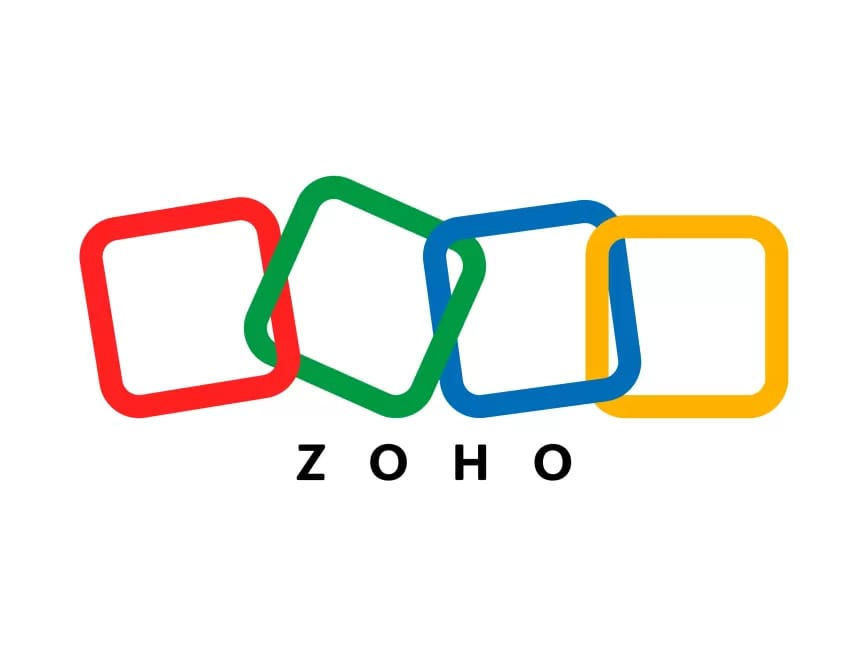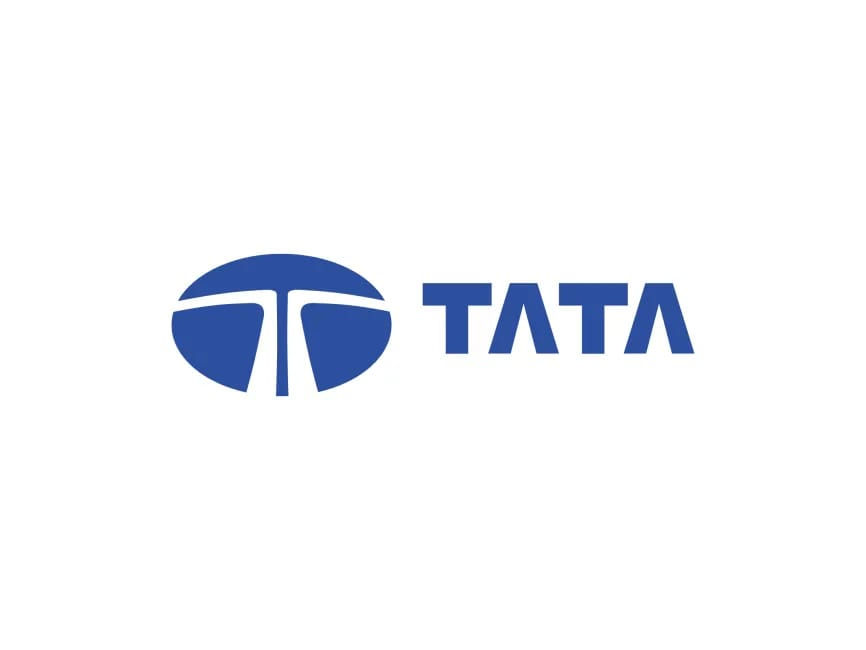Artificial Intelligence Training
The Artificial Intelligence Training Program provides advanced, hands-on training in areas like machine learning, deep learning, natural language processing, computer vision, and reinforcement learning. Participants will use tools such as Python, TensorFlow, Keras, and PyTorch to design, train, and deploy AI models.
The program includes topics like AI model evaluation, optimization, and deployment through real-world projects. Tailored for software engineers and data scientists with programming experience, the program offers expert mentorship, flexible learning options, and an industry-recognized certification to help learners excel in AI applications.
4.8
Why Choose Skillairo?
Expert-Led Training
Internship experience
Industry Relevent Curriculum
Hands-On Projects
LMS Access
Comprehensive Tools and Technologies
professional certifications
Career Support
TRAINING PATH
SKILLS COVERED
INDUSTRY PROJECTS
Chatbot Development

Create an intelligent chatbot that can answer user queries and engage in natural language conversations. Use Natural Language Processing (NLP) techniques and machine learning models like RNNs, LSTMs, or transformers. The key component include 1.Interactive User Interface (UI) The UI includes a chat window with input fields, text bubbles, and a user-friendly layout. Additional features include options for multimedia inputs like voice, images, and quick action buttons for predefined responses, enhancing user interaction. 2.Robust Backend System The backend integrates Natural Language Processing (NLP) engines and databases to process and store user queries and responses. APIs connect the frontend with backend services, ensuring smooth communication and real-time data flow. 3.Primary Functional Capabilities Core functionalities include intent recognition, context handling, and response generation using NLP. The chatbot can answer FAQs, provide personalized responses, and integrate with external services like booking systems or payment gateways. 4.Enhanced Functional Features Advanced features include sentiment analysis for emotion-based responses, voice recognition for conversational AI, and multi-language support. Integration with AI models enables predictive responses and adaptive learning from user interactions. 5.Integration with External Tools Libraries like NLTK, SpaCy, and TensorFlow are used for NLP tasks. APIs such as Dialogflow, Rasa, or Microsoft Bot Framework offer robust tools for chatbot development. Communication APIs like Twilio or WhatsApp API enable multi-platform integration. 6.Structured System Architecture The system follows a modular architecture where user inputs are processed by an NLP engine, responses are generated through logic or AI models, and results are displayed via the frontend. This ensures a scalable and flexible chatbot system. Technologies Python/Node.js (for backend development), HTML, CSS, JavaScript (for frontend), Flask/Django/Express (for server-side frameworks), MongoDB/MySQL/PostgreSQL (for database), TensorFlow/Rasa/Dialogflow (for NLP), Twilio/WhatsApp API (for messaging platforms), Docker/Kubernetes (for deployment), and AWS/GCP/Azure (for hosting). Outcome Chatbot Development results in intelligent virtual assistants capable of automating repetitive tasks, improving customer support efficiency, and enhancing user experience. These systems save time and resources while delivering round-the-clock assistance across various industries.
Autonomous Vehicle Simulation

Develop a simulation for an autonomous vehicle that can navigate a virtual environment. Use AI techniques like reinforcement learning for decision-making and computer vision for obstacle detection. The key component include 1.Immersive User Interface (UI) The UI includes a 3D simulation environment with interactive controls to monitor vehicle behavior. Real-time dashboards display metrics like speed, distance, and obstacle detection, providing an intuitive visualization of the simulation. 2.Sophisticated Backend System The backend integrates simulation engines, physics models, and AI algorithms to emulate real-world driving conditions. Databases store vehicle parameters, sensor data, and simulation results, ensuring seamless data management. 3.Primary Functional Modules Core functionalities include simulating traffic scenarios, testing vehicle responses to dynamic obstacles, and integrating sensor data like LiDAR, radar, and cameras. Additionally, it evaluates path planning, collision avoidance, and decision-making algorithms. 4.Advanced Simulation Capabilities Advanced features include weather simulation, multi-agent interactions, and high-fidelity mapping for realistic road layouts. Integration with deep learning models enables adaptive behavior analysis and performance optimization. 5.External Tools and Libraries Tools like CARLA, Gazebo, or LGSVL are used for simulation, while TensorFlow and PyTorch support AI model development. APIs for sensor emulation and vehicle dynamics further enhance the system’s capabilities. 6.System Architecture The architecture follows a modular design where sensors, AI models, and control systems interact via middleware. This ensures scalability and flexibility in testing different vehicle configurations and scenarios. Technologies Python/C++ (for backend development), Unity/Unreal Engine (for simulation environment), ROS (Robot Operating System) for middleware, TensorFlow/PyTorch (for AI models), CARLA/LGSVL/Gazebo (for simulation tools), Docker/Kubernetes (for deployment), and AWS/GCP/Azure (for hosting). Outcome Autonomous Vehicle Simulation provides a reliable platform for testing and refining self-driving technologies. It accelerates development cycles, reduces costs, and ensures safety by enabling extensive testing in virtual environments before real-world deployment.
AI-Powered Resume Scanner

Build an AI tool that scans and analyzes resumes, matching candidates' qualifications with job descriptions. Use NLP and machine learning algorithms for document parsing and classification. The key component include 1.Interactive User Interface (UI) The UI includes an intuitive dashboard for uploading resumes and viewing analysis results. Features like drag-and-drop upload, search filters, and graphical summaries enhance usability for recruiters. 2.Robust Backend Infrastructure The backend incorporates AI models for natural language processing (NLP) to parse and analyze resume content. It integrates databases to store applicant information and uses APIs to fetch job-specific requirements. 3.Primary Functional Modules Core functionalities include resume parsing, keyword matching with job descriptions, and ranking candidates based on predefined criteria. The system highlights relevant skills, experience, and qualifications for easy decision-making. 4.Advanced Analytical Capabilities Advanced features include sentiment analysis to evaluate candidate tone, fraud detection to identify falsified information, and machine learning models to improve accuracy over time. Integration with ATS (Applicant Tracking Systems) ensures seamless workflow. 5.External Tools and Libraries Libraries like SpaCy, NLTK, or Hugging Face are used for NLP tasks. APIs such as LinkedIn or Glassdoor provide supplementary candidate insights, while cloud services enable scalability and real-time processing. 6.System Architecture The system follows a modular architecture with an AI-powered parsing engine, a data storage layer for candidate records, and a decision engine for ranking. This architecture ensures scalability and adaptability for different recruitment needs. Technologies Python (for backend development), Flask/Django (for web frameworks), React/Angular (for frontend), MongoDB/MySQL/PostgreSQL (for database), TensorFlow/PyTorch (for AI models), AWS/GCP/Azure (for hosting), and LinkedIn API (for candidate data). Outcome An AI-Powered Resume Scanner streamlines the hiring process by automating resume evaluation, reducing human error, and ensuring fair and efficient recruitment. It empowers organizations to identify the best talent quickly, enhancing productivity and decision-making.
Language Translator

Create an AI-based language translation system that translates text between multiple languages. Use sequence-to-sequence models, such as transformers or LSTM networks, for effective language modeling. The key component include 1.Interactive User Interface (UI) The UI includes an intuitive design with text input/output fields, voice input options, and language selection dropdowns. Features like auto-detection of languages, dark mode, and copy/share buttons enhance user experience. 2.Robust Backend Infrastructure The backend integrates advanced NLP models and translation APIs to process and convert text or speech into the desired language. Databases store frequently used translations and user preferences for efficiency. 3.Primary Functional Modules Core functionalities include text-to-text, speech-to-text, and text-to-speech translations. The app supports language auto-detection, transliteration, and provides context-aware translations for improved accuracy. 4.Advanced Translation Capabilities Advanced features include offline translation, real-time conversation mode, and image-based text translation using Optical Character Recognition (OCR). Machine learning models adapt to user-specific contexts for better personalization. 5.External Tools and Libraries APIs such as Google Translate API, Microsoft Translator API, or DeepL are used for translation tasks. Libraries like TensorFlow or PyTorch support AI model training, while Tesseract OCR enables image-to-text translation. Technologies Python/JavaScript (for backend development), React Native/Flutter (for mobile apps), TensorFlow/PyTorch (for AI models), Google Translate API/Microsoft Translator API (for translation), Tesseract OCR (for image recognition), SQLite/Firestore (for data storage), and AWS/GCP/Azure (for hosting). Outcome A Language Translator app facilitates seamless communication by breaking language barriers, making it a vital tool for global connectivity. It enhances accessibility, enables learning, and supports businesses in expanding their global reach effectively.
Smart Attendance System

Build an AI system that tracks attendance using face recognition. Leverage computer vision and deep learning techniques to identify individuals and mark attendance automatically. The key component include 1.Interactive User Interface (UI) The UI includes an intuitive dashboard for managing attendance data, displaying real-time reports, and generating alerts. Features like role-based access, search filters, and export options ensure ease of use for administrators and employees/students. 2.Robust Backend Infrastructure The backend integrates a secure database to store attendance records, user profiles, and schedules. It supports real-time data processing and incorporates APIs for biometric or facial recognition system integration. 3.Primary Functional Modules Core functionalities include attendance marking using biometrics, QR codes, or facial recognition, along with real-time tracking. The system supports leave management, automatic report generation, and notifications for irregularities. 4.Advanced Attendance Capabilities Advanced features include geo-fencing for location-based attendance, integration with payroll systems, and AI-driven analytics to identify trends and anomalies. Offline mode functionality ensures seamless operation during network issues. 5.External Tools and Libraries Tools like OpenCV and TensorFlow are used for facial recognition, while APIs like Firebase or Twilio enable notifications. Database systems like MySQL or MongoDB ensure reliable data storage and retrieval. Technologies Python/Java (for backend development), React/Angular (for frontend development), OpenCV/TensorFlow (for facial recognition), Firebase/MySQL/MongoDB (for database), Android/iOS (for mobile app), IoT devices (for biometric integration), and AWS/GCP/Azure (for hosting). Outcome A Smart Attendance System automates attendance tracking, enhances accuracy, and saves time by eliminating manual processes. It improves organizational efficiency, ensures compliance, and provides valuable insights through data analytics.
CERTIFICATIONS
Get certified in Artificial Intelligence through our program and receive both a Training Completion Certificate and an Internship Completion Certificate. The prestigious Top Performer Certificate is awarded to outstanding students who performed exceptionally well during both the training and internship phases.



PRICING PLAN
Add terms and conditions
Best Value
Self-Paced Program
5,000
Valid until canceled
✔️ Pre-recorded videos
✔️ 6+ Hours of Live Classes by Industry Experts
✔️ Doubt Sessions
✔️ Real-time Projects
✔️ Certifications
✔️ One-on-one Doubt Sessions
❌ Interview Assistance
❌ Placement Guidance
Choose your pricing plan
Find one that works for you
Add terms and conditions
Best Value
Mentor Led Program
9,000
Valid until canceled
✔️ Pre-recorded videos
✔️8+ Hours of Live Classes by Industry Experts
✔️ Doubt Sessions
✔️ Real-time Projects
✔️ Certifications
✔️ One-on-one Doubt sessions
✔️ Interview Assistance
❌ Placement Guidance
Choose your pricing plan
Find one that works for you
Add terms and conditions
Best Value
Advanced Program
18,000
Valid until canceled
✔️ Pre-recorded videos
✔️ 24+ Hours of Live Classes by Industry Experts
✔️ Doubt Sessions
✔️ Real-time Projects
✔️ Certifications
✔️ One-on-one Doubt session
✔️ Interview Assistance
✔️ Placement Guidance
Choose your pricing plan
Find one that works for you
ARTIFICIAL LEARNING INDUSTRY TRENDS
These trends underscore India's expanding role in the global Artificial Intelligence landscape, supported by a robust IT industry and a growing pool of skilled professionals.
40% Annual Growth Rate
The artificial intelligence (AI) industry in India is growing rapidly, with the market valued at USD 6.4 billion in 2020 and projected to grow at a CAGR of over 40% through 2028. Key sectors driving adoption include healthcare, agriculture, fintech, e-commerce, and education. Initiatives like the National AI Strategy (NITI Aayog) and AI research programs are accelerating growth.
With rising demand for AI-powered automation, predictive analytics, and decision-making tools, alongside strong investments and a thriving startup ecosystem, India is emerging as a pivotal player in the Asia-Pacific AI market.

Source: Grand View Research, IMARC
Other key industry trends
-
Government Support: The Indian government has launched initiatives like the National Strategy on Artificial Intelligence (NSAI) to foster a robust AI ecosystem.
-
Private Sector Investment: Companies like Microsoft are making significant investments in AI and cloud infrastructure in India, such as Microsoft's $3 billion investment.
-
Talent Pool: India has a growing AI talent pool, with approximately 420,000 AI professionals as of 2024, and demand for AI talent is expected to grow at a CAGR of 15% by 2027.
INR 6-30 L Annual Salary
AI professionals, particularly in roles like AI engineers, researchers, and data scientists, enjoy some of the highest salaries in the tech industry. In India, the average annual salary for AI engineers is around ₹10 lakh, with senior-level professionals earning up to ₹30 lakh or more, especially in cities like Bengaluru, Gurgaon, and Hyderabad. Entry-level roles typically start at ₹6 lakh annually.
As AI technologies continue to gain traction across sectors, the demand for skilled professionals is expected to grow by 20-25% by 2025, further driving up salary levels.


OUR OFFICIAL TRAINING PARTNERS
Through partnerships with top-tier institutions, we provide specialized training that is designed to support students' academic and professional growth.

IIM KASHIPUR
AGNITRAYA
OUR ALUMNI Work At
Our alumni are already pushing boundaries in their fields. Former students are excelling in high-profile industries and influencing the landscape of tomorrow.






































































